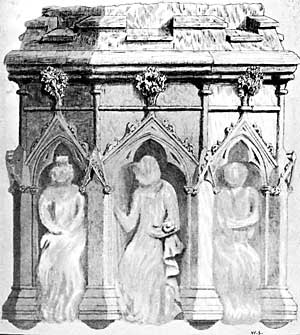
Plate III. Head of the Beaumond-Cross-Newark.
It will be seen that these shafts arranged in pairs, were to spring from the four steep slopes at their feet, but only six of the eight are given—two being lost in the niche or tabernacle; of these six a word may be said upon the character of their bases. In the time of Henry III. (1218-1272) there were two styles of base-mouldings, one, the most popular drawn from the Attic example of two rounds or rolls and a hollow between—this hollow formed a marked feature that is now known as "the watermould," the other was the two rolls with the intervening hollow omitted and with another roll added. Authorities incline to the view that the latter was an outgrowth of the former, but for our purpose we are fortunate in having at hand the grand Chapter-house at Southwell, that was commenced after the new quire was completed, the date assigned being 1266-1291. (Cecil Hallett, B.A., "Architectural Review," September, 1901, p. 85.) When the walls were seat high watermould bases of the beautiful wall arcading were placed upon them—when the high window-cill level was reached the bases show that the hollow was omitted for the first time in Southwell: the watermould is present in the Angel-choir at Lincoln as above dated, but absent in Bishop Button's cloisters there, the latter with three rolls are identical with these of Newark cross, which are really what we should expect to find about 1290. There is an historical note of "the new Chapter house, at Southwell, dated in January 1294, assuming it then to have been a finished one. Mr. J. F. Dymock, supports that view by the window glazing, which still bears the yellow castles, the arms of Queen Eleanor of Castile, on which he remarks:—"They certainly would not have appeared any length of time after her death."
Little more can be said of the shaft portion of this cross further than that the arch of the attached niche has had a trefoil head, which from decay has lost its upper lobe or its readable feature, and may consequently be easily dated "decorated" or "curvilinear," i.e., the time of Edward III. as the brass-plate states: the same transformation is seen in "time's gradual touch," in the smaller arches placed at a higher level.

Plate IV. The Beaumond-Cross—Newark Sketch Of Inferred Details Of Head.
In the upper part or "knop" of this cross we have a finer grained or selected limestone necessary for the high standard of art wrought upon it—in attempting to read its details it was imperative that each of the eight sides should be photographed in close touch on a large scale; this was done to my order and supervision when the builder's plank-scaffold stood around during repairs in 1904. This series of fine photographs has been closely studied and every detail made use of in my drawing, showing its original character as far as is now possible. Plate II. also shows the higher part of this cross. Plate III. the best preserved of the eight faces or niches. Plate IV. is a pen-and-ink drawing of my own interpretation of three of the eight faces. The figures are too much decayed to afford evidence of their original character.but one clearly has folds of drapery drawn up and held under the left arm, a common feature in statues or figures on the Queen Eleanor crosses; the arches are two centred and trefoiled, the hood moulds straight, the neck moulds of the finials a half-circle in section (early "Early English") continued horizontally (a feature in the choir at Southwell).
The angles of the plain octagon are shafted and nearly detached, as on the Early English great pinnacles of Southwell choir here a late Early English survival, but not seen on the three Eleanor crosses where like positions are occupied by buttresses. The angle shafts have round caps continuous with the lower roll of the cornice to form the abacus. The upper member of the cornice is a "roll-moulding" the top half of the round overhanging the bottom one, this is a late Early English feature that played a large part in the next or 14th century. It is the "neck-mould" of the eight round caps on shafts below, both here and on the arcaded caps in the Chapter-house at Southwell. Above the cornice, as is the case with all the Eleanor crosses, is an embattled enrichment. (Query: Did the neck-mould embrace the angle-shafts?) Much more might be here touched upon in the way of detail, but enough has been said to prove there is no part of the design or style of this cross but what is known to have been used elsewhere before A.D. 1300. This means there is no evidence to warrant anyone now lifting it out of the 13th and putting it loosely in the 14th century; in other words moving it from a known great historic cross-building and devotional period into one, however great in art, that has no such character or blazon on its shield.
But whether it is an Eleanor cross, erected by some one unknown who did not assign the part to heraldry usually played by colour, is not now known; our task is to give it a local habitation, if not a name, in or about A.D. 1294, and to record in these pages a passing phase of Newark history.
